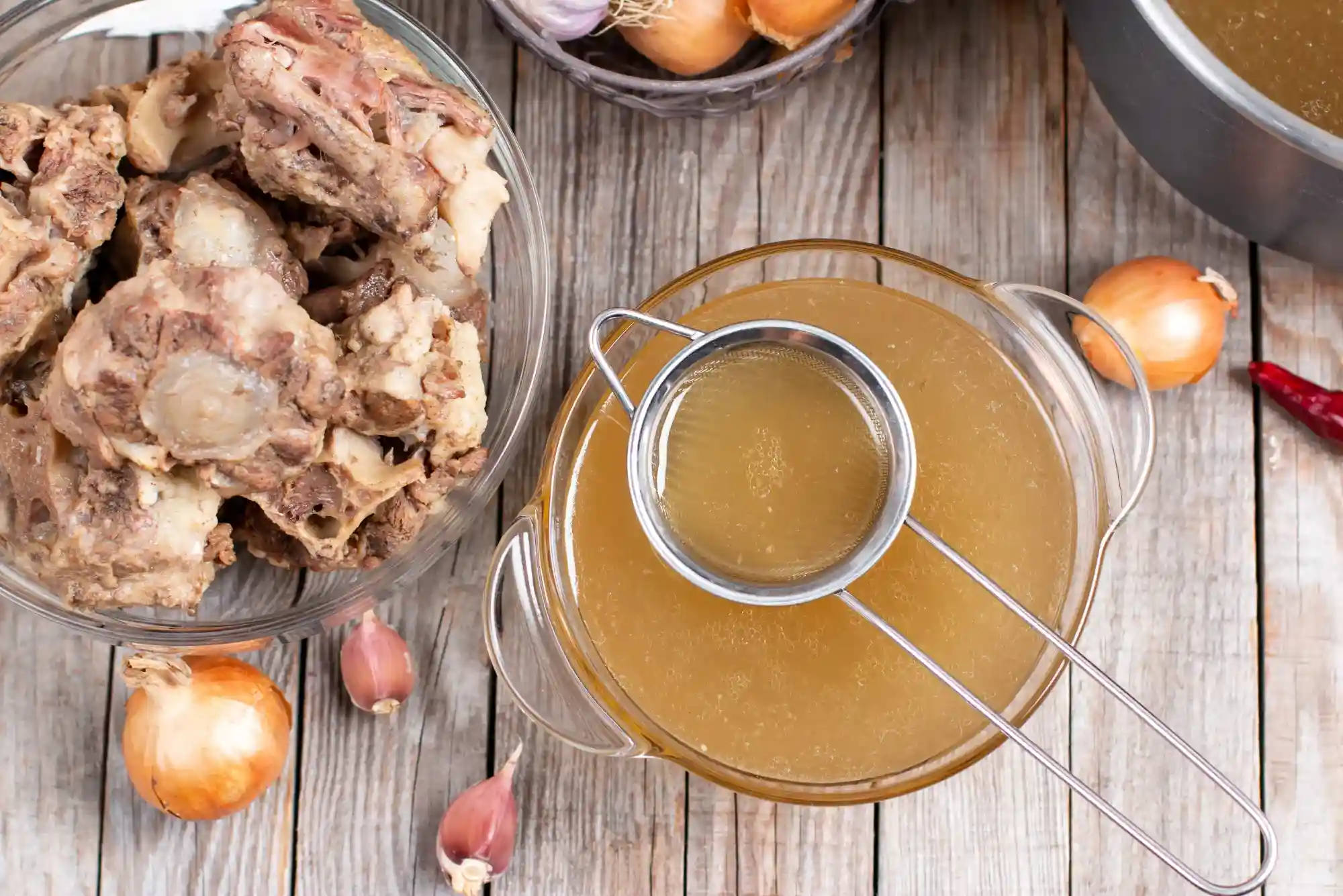In kitchens around the world, bone broth has made a comeback as one of the most nourishing and versatile ingredients. Known for its deep flavor and impressive health benefits, this traditional preparation is once again being embraced by chefs, nutritionists, and home cooks. But here’s the question: where do you get the best bones to make it? More often than not, the answer lies in your local meat shop.
Whether you’re simmering beef bones for a hearty soup, chicken bones for a lighter stock, or lamb bones for a rich and aromatic dish, finding a reliable source is key. In this article, we’ll explore how a meat shop can support your cooking journey, why bone broth matters, and what you should know before buying.
The Growing Popularity of Bone Broth
Bone broth is not new—it’s an ancient recipe used by cultures worldwide. For generations, families have simmered bones slowly to extract nutrients, flavor, and richness. What was once seen as a simple kitchen staple has now been rediscovered as a “superfood.”
A well-made bone broth contains essential amino acids, collagen, calcium, and minerals that support joint health, digestion, and immunity. It’s not just healthy; it’s also delicious and adaptable, forming the base for soups, sauces, and stews or enjoyed as a warm, comforting drink on its own.
With rising interest in natural health remedies and traditional cooking methods, bone broth has become a kitchen essential again. But to make it correctly, the quality of the bones matters just as much as the recipe.
Why Your Meat Shop is the Best Place to Start
When making bone broth, the first step is choosing good bones. A trusted meat shop can provide exactly what you need. Unlike pre-packaged supermarket options, meat shops often have fresh, unprocessed bones from the same cuts they sell daily.
This gives you several advantages:
Freshness: Bones are sourced from recently prepared cuts, ensuring better flavor and higher nutrient content.
Variety: Meat shops typically have a wider range—beef marrow bones, chicken carcasses, lamb shanks, and even knuckle bones ideal for broth.
Customization: You can request specific cuts, whether you want meaty bones for extra flavor or collagen-rich bones for a gel-like broth.
The personalized service of a meat shop makes it easier to get exactly what you’re looking for, something big retailers often can’t match.
Selecting the Right Bones for Broth
Not all bones are created equal when it comes to broth. If you’re aiming for flavor, nutrients, or both, different types of bones serve different purposes.
Marrow bones: Provide richness and depth of flavor.
Knuckle and joint bones: High in collagen, perfect for creating a broth that gels when cooled.
Meaty bones: Add protein and a hearty taste.
Poultry carcasses: Light but flavorful, often used for chicken broth.
When shopping, don’t hesitate to ask your butcher or shop staff which bones are best for the type of broth you want to make. Many will gladly recommend the right mix to achieve balance in flavor and texture.
From Meat Shop to Kitchen: Preparing Bone Broth
Once you’ve sourced quality bones, the process of making broth is straightforward but requires patience. The secret is low and slow cooking, which allows nutrients and flavors to be extracted fully.
Roast the bones (optional): Roasting enhances flavor, especially for beef or lamb broth.
Add vegetables and herbs: Carrots, celery, onions, garlic, and bay leaves are classic additions.
Simmer slowly: Cook for 8–24 hours, depending on the bones used.
Strain and store: Remove solids and refrigerate or freeze the broth for later use.
Your meat shop connection ensures you start with the best raw materials, which directly impacts the taste and nutritional value of the final product.
Health Benefits of Bone Broth
One of the main reasons bone broth has grown in popularity is its health benefits. When made with high-quality bones from a meat shop, you can expect:
Joint support: Collagen and gelatin help maintain joint flexibility.
Gut health: Amino acids like glutamine support digestion and gut lining.
Immunity boost: Minerals such as zinc, magnesium, and calcium strengthen overall health.
Skin and hair benefits: Collagen supports skin elasticity and hair growth.
While bone broth is not a miracle cure, incorporating it into your diet can be a natural way to support a balanced, nutrient-rich lifestyle.
Why Meat Quality Matters for Bone Broth
The saying “you are what you eat” also applies to the animals used for broth. Bones from well-raised, healthy animals create cleaner, better-tasting, and more nutritious broth.
This is where sourcing from a trusted shop becomes essential. A reliable meat shop often works with local farms or reputable suppliers who prioritize quality and safety. Knowing the source gives you confidence in what you’re cooking and serving to your family.
Bone Broth in Modern Kitchens
Though bone broth has ancient roots, it fits seamlessly into modern lifestyles. From trendy cafés offering bone broth lattes to fitness enthusiasts sipping it post-workout, it’s versatile enough for any diet.
People use it for:
A base for soups and sauces
A warm drink alternative to tea or coffee
A recovery food after illness or intense exercise
A nutritional addition for children or elderly family members
This adaptability explains why bone broth is once again becoming a household staple, often starting with a trip to the nearest meat shop.
Tips for First-Time Bone Broth Makers
If you’re making bone broth for the first time, here are a few practical tips:
Always start with fresh bones from a reliable source.
Use a mix of bone types for balanced flavor and nutrition.
Don’t rush the simmering process—time is what extracts the nutrients.
Skim the foam that rises during cooking for a clearer broth.
Store broth in portions so it’s easy to use later.
With practice, making broth becomes second nature, and you’ll quickly notice the difference in taste and quality compared to store-bought options.
Conclusion: Why the Meat Shop is Your First Stop
The journey to a nourishing, flavorful bone broth starts long before you turn on the stove—it begins at your local meat shop. By sourcing fresh, high-quality bones, you ensure your broth has the depth, nutrition, and purity that only come from trusted ingredients.
Bone broth may be an age-old tradition, but its popularity today proves that some foods never go out of style. And with a little guidance from your meat shop, you can bring this wholesome, comforting staple back into your kitchen with confidence.





















